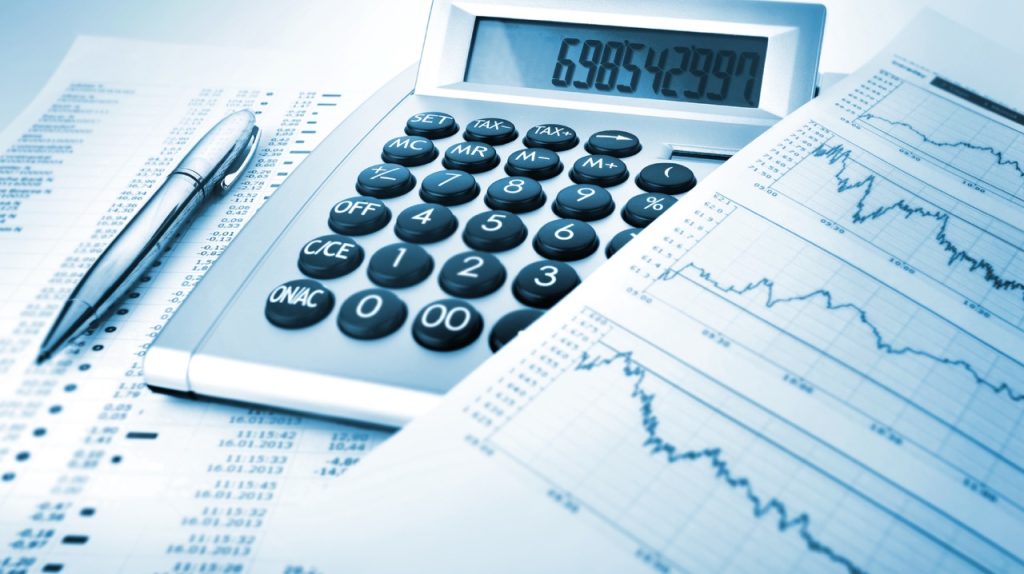For newcomers, navigating personal money can be daunting; but, knowing a few fundamental financial ideas will lay a solid basis for financial success. With useful guidance to develop wealth, control money, and reach financial freedom, this guide looks at the top 10 best finance recommendations for beginners. These techniques are meant to simplify money management and increase financial literacy from building a reasonable budget to appreciating the power of compound interest. Novices will pick up tracking costs, avoiding frequent debt traps, and setting savings priorities.
To guarantee long term stability, it is emphasized the need of creating an emergency fund, investing early, and diversifying income sources. Advice also addresses wise credit use, sensible spending, and creating reasonable financial objectives. These personal finance techniques let anyone confidently take charge of their financial future. These financial ideas are designed for people just beginning their path regardless of their priorities budgeting, saving, investing, or debt management. Discover this extensive resource to acquire useful tools for controlling money and ensuring a bright future as well as active insights.
The Top Ten Best Finance Tips For Beginners
10. Setting Particular Financial Objectives
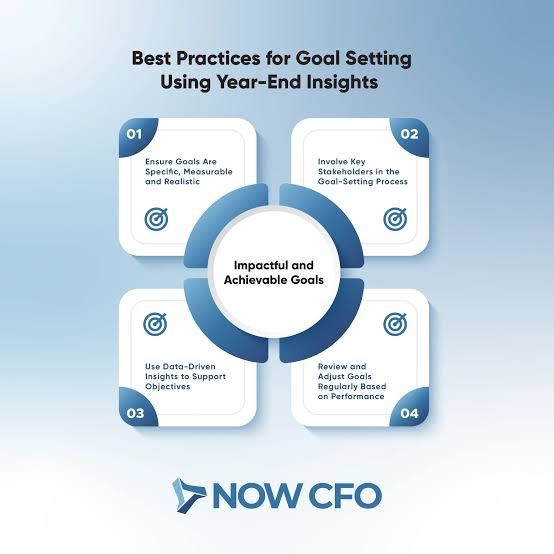
Starting a financial road without direction is like driving without a destination; certain financial goals give direction and clarity. Shape goals using the SMART framework (Specific, Measurable, Achievable, Relevant, Time-bound). For example, by next December, save $5,000 for an emergency fund. Clear goals have a 42% greater success rate according to a University of Scranton study, which validates their potency.
Break it out: tracked using applications like Mint or a notebook, $420 monthly savings. Like foregoing a $50 meal to reach the goal, this concentration helps prioritize expenditure. Though a work move could modify the schedule, goals can change as well; regular check-ins keep them pertinent. Visual tools, such as a progress chart, inspire especially in slow saving situations. For novices, this discipline helps to transform nebulous dreams into realities. Whether paying off a $1,500 credit card or beginning a retirement fund, it’s not about perfection but progress. Well defined goals improve financial literacy, so every dollar counts toward financial freedom.
9. Creating a Financial Vision Board
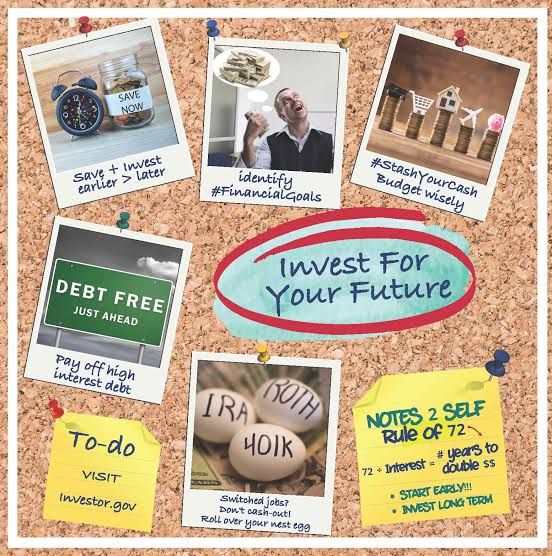
A financial vision board transforms abstract hopes into vivid reminders and gives them purpose. Pinning pictures of a dream home, a tropical retirement, or a paid-off student loan, grab a corkboard or use a digital tool like Canva To inspire you, put it where you see it daily—by your desk or as a phone wallpaper. Though it’s not a magic cure, the Journal of Applied Social Psychology indicates visualizing can increase goal achievement by reinforcing focus. Match it with action, such as saving $200 a month for a car down payment motivated by a stylish SUV picture.
Beginning simple using magazine clippings or free applications, beginners can update the board as priorities change. Cutting streaming subscriptions is a cheap, enjoyable approach to remain close to the “why” behind giving up anything. Though not a stand-alone strategy, it enhances budgeting by maintaining strong motivation. For those unfamiliar with personal finance, it’s a creative nudge toward financial literacy that gives goals real-world, doable feel.
8. Budgeting 30% of Income for Lifestyle Spending
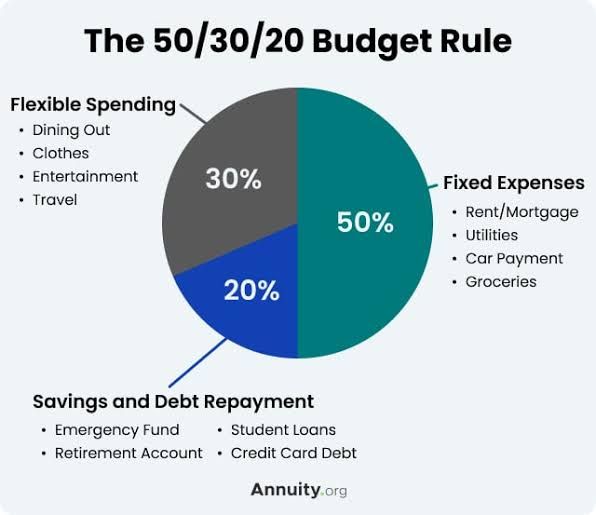
Setting aside 30% of income for lifestyle spending creates a sweet spot between enjoying today and securing tomorrow, rooted in the 50/30/20 budgeting rule. On a $3,000 monthly income, that’s $900 for fun—think dining out, hobbies, or a weekend getaway. Financial experts emphasize balance to avoid burnout, as overly strict budgets often flop. Apps like YNAB help track these expenses, ensuring you don’t overspend on $5 lattes. Prioritize what sparks joy, maybe a concert over impulse shopping.
Beginners can tweak this, cutting $50 from subscriptions to fund a trip. The remaining 50% covers necessities like rent, while 20% goes to savings or debt. If income dips, scale back to essentials, like home-cooked meals. This tip makes personal finance feel approachable, not punishing, fostering financial literacy through real-world practice. It’s about living well while building an emergency fund or tackling loans, ensuring long-term goals stay in sight. Mastering this balance is a key step toward financial freedom for any beginner.
7. Set Aside at Least 20% of Income for Financial Priorities
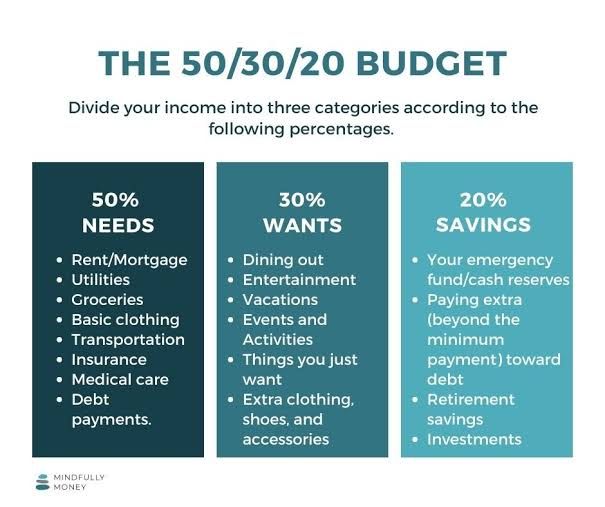
Setting aside twenty percent of income for financial goals like debt reduction, emergency savings, and investment builds a strong basis for stability. That comes to $1,000, maybe split as $500 for an emergency fund, $400 for credit card debt, and $100 for a stock fund from a $5,000 monthly salary. To cover shocks like job loss, experts advise a three to six month emergency fund covering around $15,000–$30,000. Once funded, pay attention to high-interest debt first then investments. The 50/30/20 guideline connects this together and balances lifestyle expenditure with priorities. Beginning small—even just $100 a month—beginners can use auto-transfers to savings applications.
Comparatively to a 6% student loan, paying down a 22% credit card saves hundreds in interest. With compound interest building investments over decades, this behavior teaches delayed pleasure. In financial planning, this is a sensible action that guarantees money will support future aspirations. For individuals just starting out in personal finance, it’s a methodical but attainable approach to increase financial literacy and wealth.
6. Recording a Daily Minute on Money
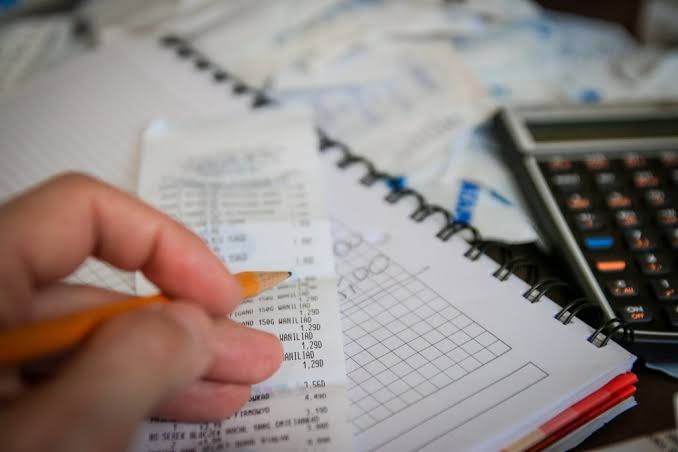
For keeping on top of money, a daily money minute—just sixty seconds to glance at your finances—can be quite helpful. Examine credit card balances, verify a bill paid, or scan bank accounts for unusual expenditures. Done over breakfast or a commute, this low-effort practice picks problems quickly, like a $40 overdraft fee from a forgotten subscription. Without the overwhelm of deep dives, beginners find it develops financial awareness. Apps like Mint send warnings, or a quick look at a financial app also helps too. Finding a $75 double charge will help you save money and reduce stress. This practice exposes spending patterns over several weeks, like $200 a month on takeout, which forces better budgeting. It’s not about obsessing over details; it’s about encouraging control so that personal finance comes naturally. For more major changes, like setting aside $50 for savings, pair it with a weekly budget review. This little action adds up to significant increases in financial knowledge, so enabling goals like an emergency fund to be reached. For novices, it’s a straightforward, effective tool for financial freedom.
5. Think About an All-Cash Diet

Using just cash for a month, an all-cash diet turns spending into a hands-on lesson that reduces impulse buys. Take out the budget, say $800, and divide it into envelopes: $300 for miscellery, $300 for grocery, $200 for entertainment. Spending stops when an envelope is empty, hence requiring decisions like missing a $20 bar charge. Cash users spend less according to the Journal of Consumer Research since turning over banknotes seems more authentic than swiping cards. Starting beginners with $100 for a weekly meal, they can try it for discretionary expenditure.
It exposes leaks, such as $60 monthly for snacks, which directs money toward an emergency fund. Not everyone loves cash; digital payments are simpler and costs like rent call for cards. If cash seems dangerous, a prepaid debit card can replicate the result. This advice exposes behaviors that foster financial awareness and fits very nicely with budgeting for more exact control. Reevaluating money management in a bold, tactile manner helps to prepare one for financial freedom.
4. Budget, Period

The pulse of personal finance, budgeting arranges income and expenses to fit goals. Choose zero-based budgeting, whereby every dollar has a purpose, or the 50/30/20 guideline (50% needs, 30% wants, 20% savings/debt). Set aside $700 for savings, $1,750 for groceries and rent, and $1,050 for fun from a $3,500 salary. Tools like YNAB or Excel streamline tracking and demonstrate where changes—like reducing $100 from dining out—might increase an emergency fund.
Though they are flexible and vary with a raise or car maintenance, beginners sometimes worry budgets are limiting. Review once a month to hone and find breaches including inactive subscribers. Budgeting helps one become financially literate by showing how little actions—like making coffee at home—add together. It’s empowering since it gives financial control instead of allowing it to dictate choices. Start small and work on this fundamental ability for financial freedom even using pen and paper.
3. Track Your Net Worth
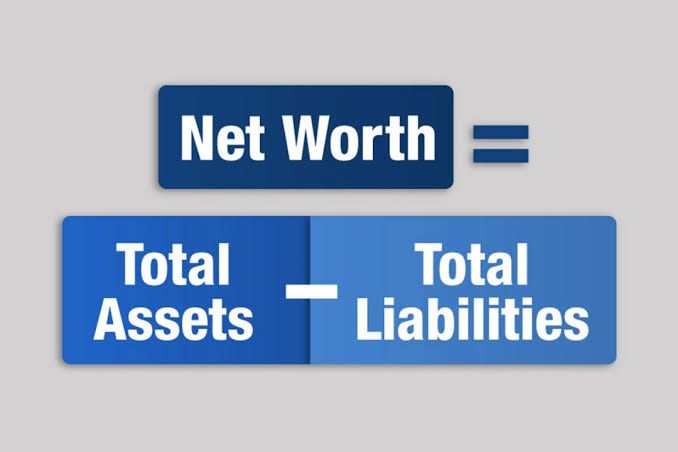
Like a scorecard for money, tracking net worth, (assets – liabilities)offers a clear view of financial health. Assets range from savings and investments to an automobile; liabilities cover credit card debt or loans. Say you have $12,000 in savings and a $6,000 car less a $4,000 loan to get $14,000 net value. Programs like Personal Capital streamline monthly checkups and upgrades. Novices observe improvement in areas like how paying down a $1,000 credit card increases net worth and encourages wiser decisions. It’s more about knowing your financial situation than about measuring yourself against others.
Seeing net worth rise even by $200 a month showcases the kind of wealth building that results from fund investments of $100. This approach directs choices, such as giving debt top priority over dangerous stocks. It increases financial literacy by exposing the effects of every dollar action. For those just starting out, it’s a motivating tool to keep long-term goalslike retirement in front of mind, therefore opening the path for financial freedom.
2. Inquiring About Your Interest Rate
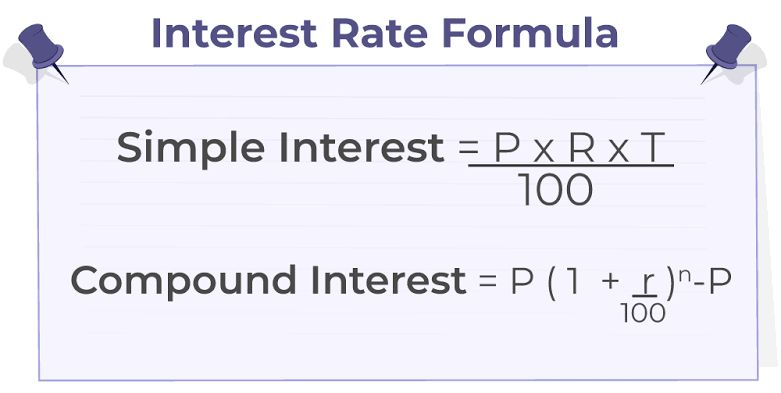
Whether you are increasing savings or debt reduction, extending money further depends on knowing interest rates. Like a 20% credit card, high-interest debt balloons quickly; a $5,000 balance may pay $1,000 year in interest. Give these top priority over low-rate loans like 5% student debt if you want to save significantly. On $10,000, high-yield savings accounts at 4% pay $400 annually, while on $50,000 they pay $50 at 0.5%. Earning on principle and past interest, compound interest converts $1,000 at 7% into $2,000 in ten years.
Beginning users can compare rates on websites such as Bankrate, moving debt to lower-rate cards or savings to better accounts. Check rates several months since they change with the state of the economy. This advice increases financial literacy by illustrating how rates affect the value of every dollar. For debt management and savings expansion, this is a sensible action that guarantees money works harder for future aspirations including financial freedom.
1. Making a Financial Calendar
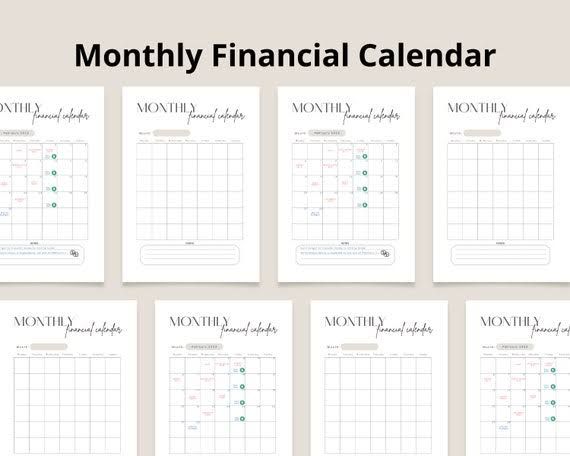
Like a personal assistant for money, a financial calendar arranges activities to keep stress-free and finances under control. List monthly expenses including $1,200 rent on the first, $150 utilities on the tenth, and annual deadlines— Taxes by April 15th Use Google Calendar, Mint’s apps, or a paper planner for reminders to prevent credit score dings or late fines of $35. Staying proactive, set quarterly evaluations to adjust budgets or examine investments. This gives beginners confidence and helps them to find personal finance less intimidating. It also points up opportunities for savings, such as maxing an IRA before year-end. A calendar is more than simply logistics; it’s a habit that opens mental space for more ambitious ambitions like house purchase. Start with important events like as five bills and grow as necessary. This basic advice guarantees nothing slips and prepares the way for financial freedom by methodical, intentional money management.

